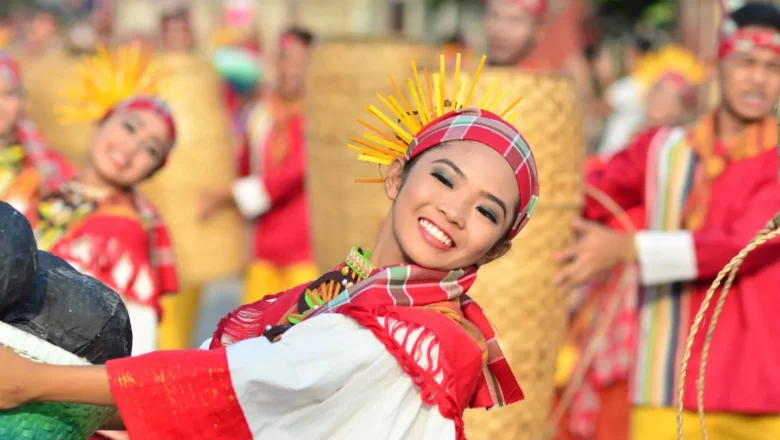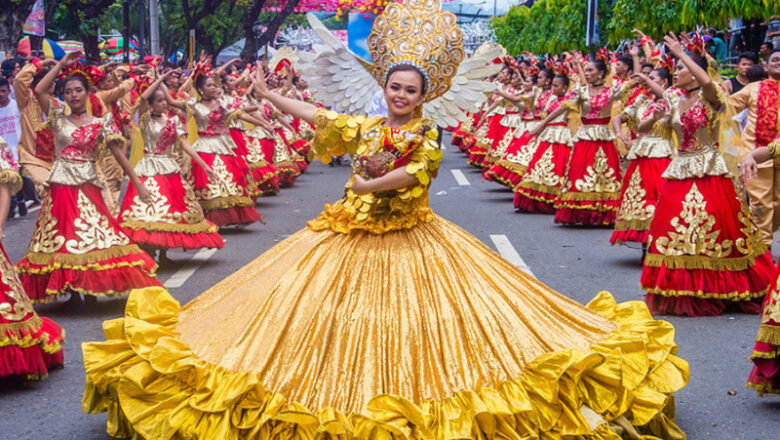
Festivals
Festivals in the Philippines are vibrant celebrations that reflect the nation’s rich cultural tapestry and profound religious traditions. The Sinulog Festival in Cebu, held in honor of the Santo Niño, pulsates with energetic street dancing and colorful processions.
In Iloilo, the Dinagyang Festival pays homage to the Sto. Niño as well, showcasing dynamic performances and elaborate costumes. The Ati-Atihan Festival in Kalibo is a riot of music and dance, celebrating the indigenous Aeta people. Pahiyas Festival in Lucban is a visual feast where houses are adorned with vibrant decorations made from agricultural produce.
These festivals, teeming with joy, religious fervor, and artistic expression, provide a captivating glimpse into the Philippines’ diverse cultural heritage, attracting both locals and tourists alike.

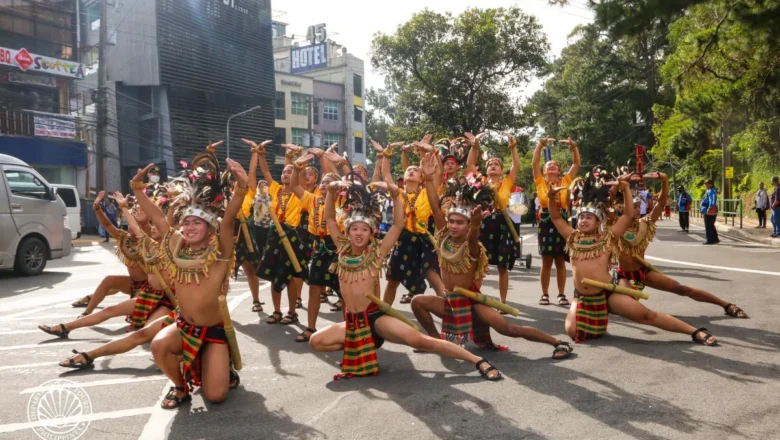
Salong Festival of Abra: What You Need to Know
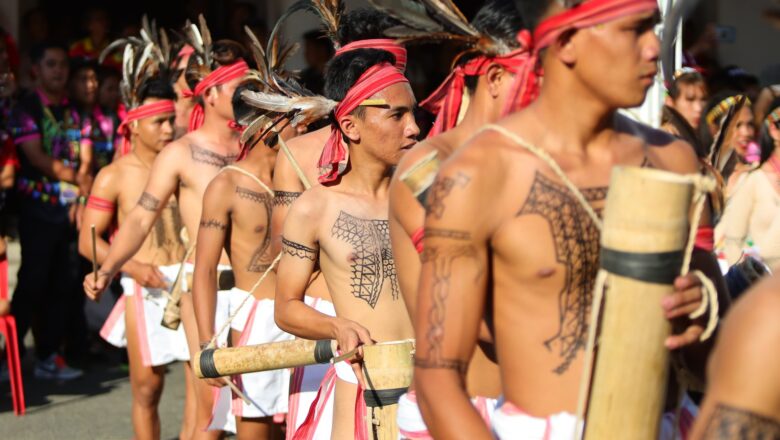
A Celebration of Heritage: Unveiling the Iloko-Tingguian Cultural Festival
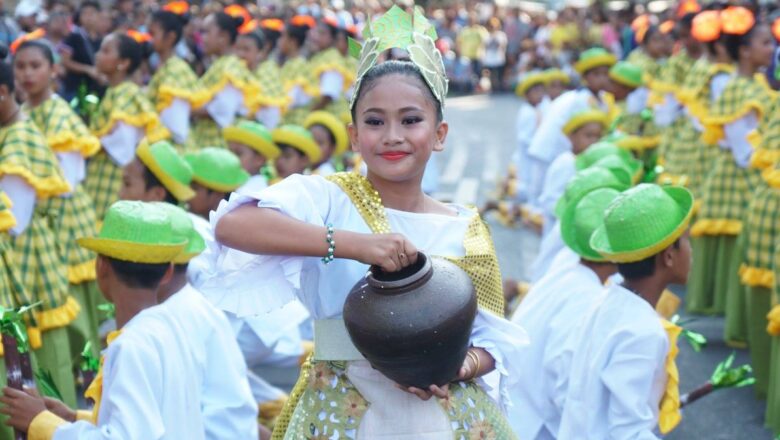
Celebrate Sugarcane and Culture at the Vibrant Dapil Festival
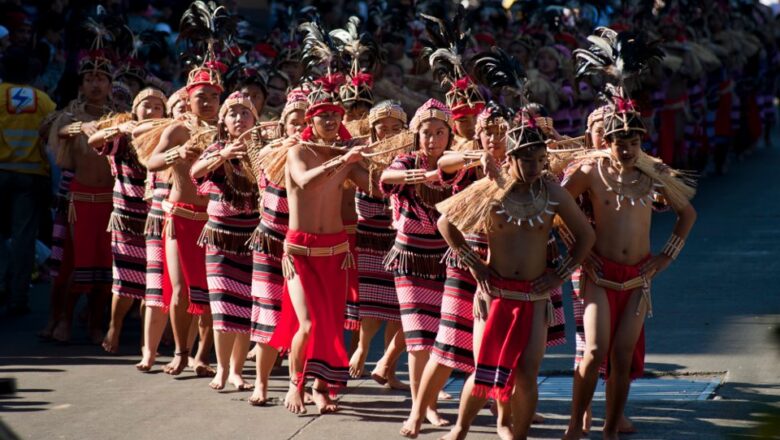
Arya! Abra Festival: A Celebration of Culture, Community, and Creativity
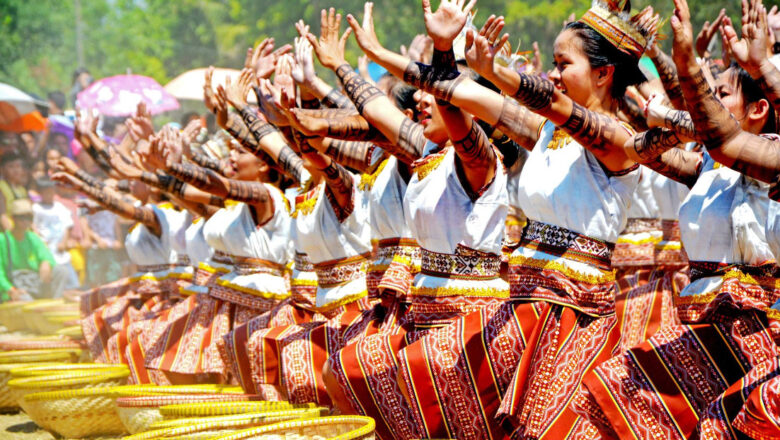
Celebrate Abra’s Ingenuity: A Guide to the Abrenian Kawayan Festival
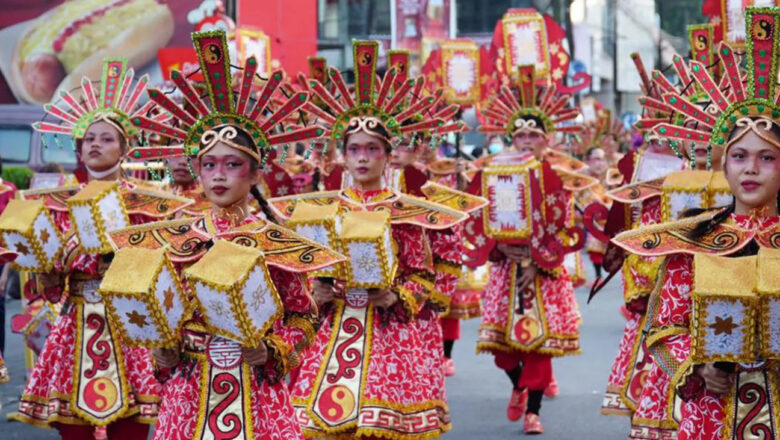
Bacolaodiat Festival: A Celebration of Light, Faith, and Community
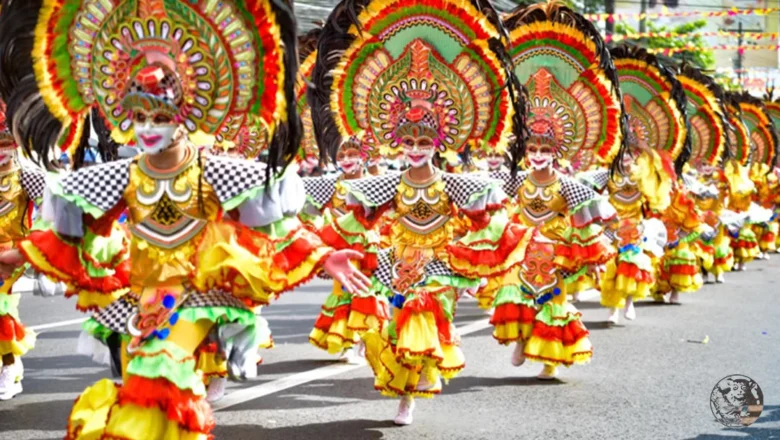
Unveiling the Smiles of Bacolod: A Guide to the Masskara Festival
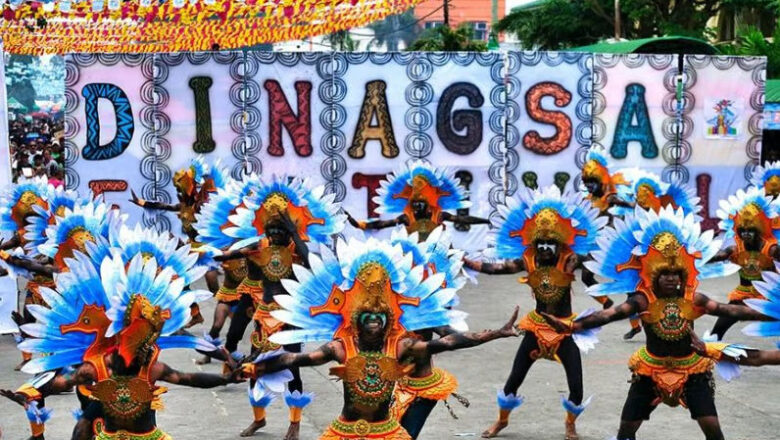
Dive into the Colorful Chaos: Unveiling the Cadiz City Dinagsa Festival
